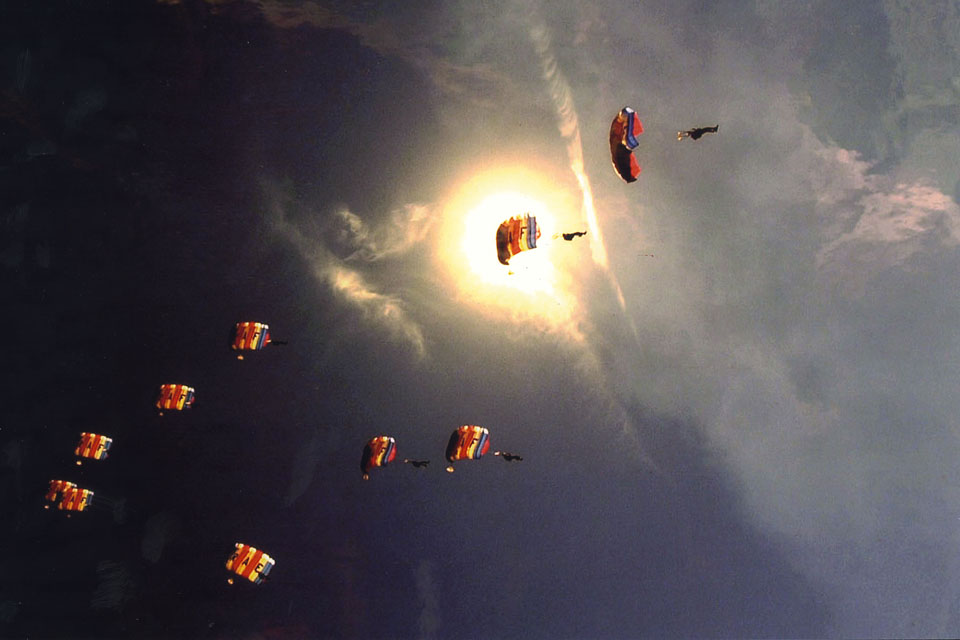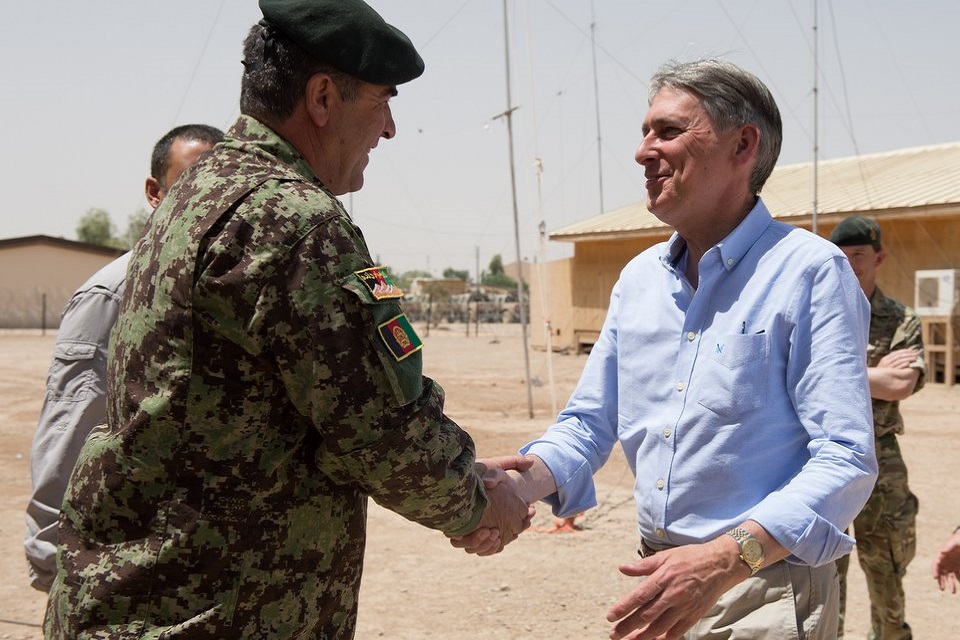Jun. 13, 2013 - By BARBARA OPALL-ROME – Defense News
Hopes to Repay With Future Military Aid
TEL AVIV — Israel’s Defense Ministry is asking the US government to guarantee billions of dollars in low-interest bridge loans for a Pentagon-proposed package of V-22 Ospreys, F-15 radars and precision-strike weaponry that it ultimately intends to fund with future military aid from the US.
US Defense Secretary Chuck Hagel, when visiting here in April, announced that Washington “would make available to Israel a set of advanced new military capabilities” to augment Israel’s qualitative military edge.
At the time, Israeli defense and industry sources criticized the premature publicity generated by the Pentagon-proposed package, insisting negotiations on cost, quantities, payment terms and delivery schedules had not yet begun.
But in the past two months, MoD efforts to secure a US-backed loan for eventually US-funded systems on offer have intensified, with preliminary responses from relevant authorities in Washington expected later this summer, sources from both countries said.
Israeli Defense Minister Moshe Ya’alon aimed to advance the issue in meetings with lawmakers and Jewish leaders on Capitol Hill on Thursday. On Friday, Ya’alon is scheduled to fly to the Pentagon aboard an Osprey, where he will be greeted by Hagel ahead of their talks.
Under the novel, Israeli-proposed funding plan, US government guarantees would allow MoD to initiate near-term contracts for advanced, Pentagon-offered weaponry with cut-rate cash from commercial banks. Israel would pay only interest and servicing fees on the government-backed loan, with principle repaid from a new, 10-year military aid package that President Barack Obama — during a visit here in March — promised to conclude before the current bilateral aid agreement expires in 2018.
Israel is slated to receive $3.1 billion in annual Foreign Military Financing (FMF) grant aid through 2017, minus some $155 million in rescissions due to US government-mandated sequester. Those funds, sources from both countries say, have already been tapped to cover payments on existing contracts for Israel’s first squadron of F-35I joint strike fighters, heavy armored carriers, trainer aircraft engines, transport planes and a host of US weaponry.
“Basically, they’re talking about the US government assuming the risk of billions of dollars in loans to be repaid by the US government with FMF promised in the out years,” a US source said.
In a Wednesday interview, the US source characterized discussions as “very preliminary” and said he had not yet heard a definitive figure for the amount of government-backed loans sought by Israel.
A second US official added: “There are a lot of creative options on how to fund these advanced platforms.”
$5 Billion or More
Several current and former Israeli officials, all of whom asked not to be named, estimated MOD’s official request, once submitted, could well exceed $5 billion if the Pentagon agreed to include a second squadron of F-35Is in the prospective funding plan.
The pending request for bridge funding would likely include $1 billion for up to eight V-22 tilt-rotors; $500 million to retrofit active electronically scanned array radars into F-15I fighters and another $1 billion for a variety of air-to-ground weapons. A second squadron of F-35Is — if approved for inclusion in the package — would boost requested funding by nearly $3 billion, sources here said.
At this point, Israeli government and industry sources said MoD and the Israel Air Force are still mulling Hagel’s offer to include aerial refueling tankers as part of the security assistance package.
In a Wednesday interview, a Defense Department source said the White House’s Office of Management and Budget and the Congressional Budget Office would have to score the Israeli-requested loan to determine the servicing fees that Israel would pay in addition to interest and FMF-funded principle.
Aside from the Pentagon, he said the State Department, Treasury, National Security Staff and congressional leaders would be involved in the review process and that the requested US-backed loan would have to be approved by Congress.
Danny Ayalon, a former deputy foreign minister and ambassador to Washington who was involved in earlier bilateral negotiations on loan guarantees and security assistance agreements, noted that Israel retains more than $3 billion in unused guarantees as a result of an October 2012 agreement with the US Treasury. That agreement gave Israel four more years to use the remainder of the $9 billion in Washington-backed loans granted in 2003 and set to expire later this year, provided they are used to promote economic growth.
“The remaining $3 billion-plus in US guarantees cannot be applied to investments in military hardware. But it’s my understanding that they could be converted to the kind of US-backed loans you’re talking about, if our good friends in Washington decide that’s what they want to do,” Ayalon told Defense News.
No Strings, But Expectations
In interviews here and in Washington, US officials were loath to link the pending response to Israel’s irregular financing request to Jerusalem’s readiness to resume long-stalled Palestinian peace talks. All underscored Washington’s unconditional commitment to Israel’s security.
Nevertheless, a senior US source noted that the unprecedented uptick in security support from the Obama White House was part of larger confidence-building efforts aimed at “encouraging the Israeli government to take those risky, yet necessary steps toward peace.”
The senior source referred to Obama’s March 20 press conference in Jerusalem with Prime Minister Benjamin Netanyahu when the US president said, “I actually believe that Israel’s security will be enhanced with a resolution to this [Israel-Palestinian peace] issue.”
When asked if US strings would be attached to the multibillion-dollar funding package under review, the source replied: “It’s not a matter of quid pro quo. There won’t be strings, but there are expectations.”
Disavowing Israel's Deputy Defense Minister
Bilateral discussion on US-backed loans and up to $37 billion in addition FMF aid through 2028 comes at a time of intensified shuttle diplomacy by US Secretary of State John Kerry, aimed at bringing Israel and the Palestine Authority back to the negotiating table.
It also comes at a time of political posturing within Netanyahu’s right-of-center Likud Party and of early signs of the fierce ideological divides threatening the staying power of Israel’s barely three-month-old coalition government.
In the run-up to this week’s meetings in Washington, aides to Ya’alon and Netanyahu took pains to disavow untimely and embarrassing comments by Deputy Defense Minister Danny Danon, an adamant opponent of the two-state solution championed by the White House and an overwhelming majority of the international community.
In a interview with the online Times of Israel, Ya’alon’s deputy insisted the Netanyahu government — despite the prime minister’s stated, personal support for “two states for two peoples” — would block any peace deal that would result in an independent Palestinian state.
Aggravating the faux pas, Danon suggested that Netanyahu was duping Washington and the international community with his ostensible support for resumed peace talks, since “he knows that Israel will not arrive at an agreement with the Palestinians in the near future.”
An MoD aide told Defense News that Danon’s remarks were politically motivated to advance himself within the Likud Party, and that they do not represent Ya’alon or Netanyahu — both Likud Party members — or the government of Israel. Similarly, a statement attributed to officials in the prime minister’s office rebuffed Danon’s remarks, insisting, “The Netanyahu government is interested in renewing diplomatic negotiations without preconditions.”
A spokesman for Danon said the deputy defense minister’s remarks reflected his well-known opposition to the establishment of a Palestinian state and would not jeopardize his ability to carry out his duties at the Israel MoD













![A Spitfire from the Royal Air Force Battle of Britain Memorial Flight is pictured with a 3 Squadron RAF Typhoon aircraft in formation over Lincolnshire (library image) [Picture: Sergeant Pete Mobbs RAF, Crown copyright]](http://img.over-blog-kiwi.com/0/54/74/56/201306/ob_afd3afa7bd4f8091a6851a7451b2b1ab_s300-45151854-jpg.jpeg)
























